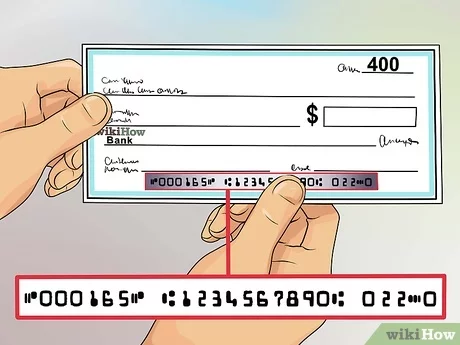How to Read Lips: 12 Steps

Reading lips is a valuable skill that can be used in various situations, such as understanding what someone is saying in a noisy environment or communicating with the deaf and hard of hearing community. It takes practice and patience to become proficient, but with dedication, you can master this art. Here are 12 steps to help you learn how to read lips.
1. Observe the speaker’s mouth: Focus on the movement of the lips, tongue, and jaw as words are formed. This will help you identify common patterns and familiarize yourself with how different sounds look when spoken.
2. Learn common patters: Understand that certain lip shapes correspond to specific sounds, such as “m” and “p”. Identifying these patterns will make it easier to decipher what is being said.
3. Watch for combinations: Pay attention to how the lips move when forming combinations of letters or sounds, like “th” or “sh”. This will help you distinguish between similar-looking words.
4. Practice with silent videos: Watch video clips on mute and try to figure out what the speakers are saying based on their lip movements alone. This exercise will improve your ability to read lips in real-time.
5. Train your eyes to follow rapidly: When reading lips, it is essential to follow the speaker’s lip movements quickly without getting overwhelmed by the speed at which they speak.
6. Familiarize yourself with different accents: Accents can affect lip movements significantly, so it is essential to be familiar with how different accents can alter the way people form words.
7. Watch for facial expressions: Facial expressions can provide additional context clues, making it easier to understand what is being said.
8. Use context clues: If you are having difficulty understanding a word or phrase, try to use other information around you (such as the topic of conversation) to fill in any blanks.
9. Observe the rhythm: Pay attention to the natural rhythm of speech, which consists of pauses, breathing patterns, and changes in pace. This can help make reading lips an easier process.
10. Practice patience: Becoming proficient at lip-reading requires time and effort, so be prepared for gradual improvement rather than immediate results.
11. Communicate with others: Try practicing your lip-reading skills with friends and family members or join a support group for people who are learning to read lips.
12. Keep practicing: Like any skill, lip-reading takes consistent practice to maintain and improve proficiency. Dedicate time each day or week to honing your abilities and expanding your knowledge of this unique form of communication.
By following these 12 steps and dedicating yourself to regular practice, you can develop the skill of reading lips and broaden your communication abilities in various situations. Remember that patience and persistence are key – with enough determination, you can become an expert lip-reader.

